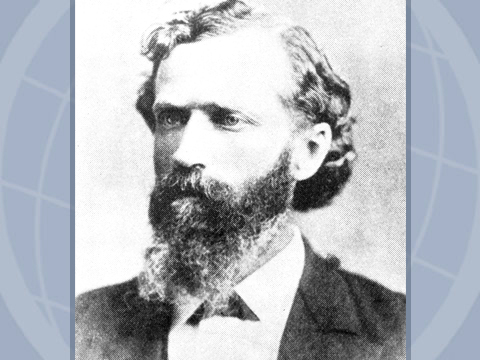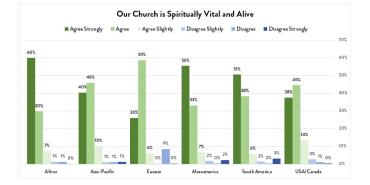Archives' Answers: The Denomination's Name

In this segment, Nazarene Archives answers a question about the history of the Church of the Nazarene denomination.
Exactly how did the Church of the Nazarene get its name?
The Hebrew name for "Jesus," derived from "Joshua," was common in first-century Palestinian Judaism, so "Jesus of Nazareth" specified which Jesus, and Acts references the early Palestinian Christians as followers "of the Nazarene" and "the sect of the Nazarenes." The term "Christian" developed outside Palestine, in Syria according to Acts, in conjunction with the mission to the Gentiles. It is derived from "Christos," a Greek translation of the Hebrew "messiah" or "anointed one."
As Gentile Christianity spread through the Mediterranean basin, Jesus became known as Christ and references to "the Nazarene" diminished.
Nineteenth and early 20th century European writers produced numerous biographies of Jesus, re-popularizing the term "Nazarene" and setting the stage for how the Church of the Nazarene received its name.
In 1894, some California Methodists became associated with the Peniel Mission in inner-city Los Angeles. These included Phineas Bresee, a minister, and J. P. Widney, a prominent Los Angeles citizen.
Widney, a physician, had founded the Los Angeles Medical Society and had served as president of the University of Southern California. Widney and Bresee had been friends for a decade. Bresee was the Peniel Mission's preaching pastor, while Widney taught medical courses to nurses and taught a series of studies on the life of Christ, a subject that fascinated him, for he was an avid reader of "the lives of Jesus" literature.
One year later, Bresee, Widney, and others established a new church among the poor in October 1895. At an early business meeting, the name "Church of the Nazarene" was adopted upon Widney's suggestion. Other proposed names included various uses of "Methodist," but Widney told the congregation that, after praying all night about the matter, he liked that the word "Nazarene" identified the church with the "lowly, toiling, ministry of Jesus the Nazarene."
West Coast-based Nazarenes later merged with other denominations, forming the Pentecostal Church of the Nazarene, but the 1919 General Assembly deleted "Pentecostal" from the church name, since the word was increasingly understood in reference to charismatic gifts like speaking in tongues, which Nazarenes never practiced or approved.
Thus, since 1919, the denominational name has been identical to that of its western parent-body—a name that originated because J. P. Widney read "lives of Jesus" books, and his imagination had been captured by a strong personal vision of "the Nazarene."
For more information about Nazarene Archives, click here.
Please note: All facts, figures, and titles were accurate to the best of our knowledge at the time of original publication but may have since changed.




